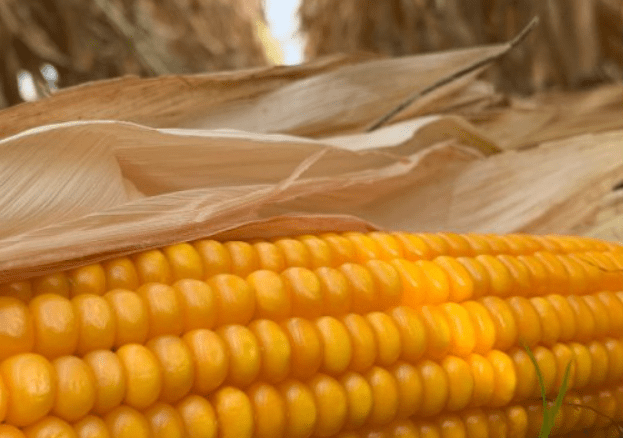World corn trade will decline for the first time in 13 years, the World Trade Organization (WTO) projected.
Specifically: forecasts suggest that in the 2021/2022 season (July/June) world trade will be 179.2 million tons, a decrease of 5% in year-on-year terms.
How is this result in disaggregated form? China could reduce its purchases due to increased production, greater use of other alternatives and moderation in demand for feed, although it will continue to be one of the world’s leading importers (16 million tonnes).
In addition, increased domestic supply could limit imports in parts of Europe, South Asia (Bangladesh), North Africa (Morocco), and Sub-Saharan Africa (Zimbabwe).
High freight prices could slow down purchases in some cases.
By contrast, shipments to Turkey, Algeria and the Kingdom of Saudi Arabia are expected to increase, where some substitution of barley is expected.
World corn trade
Due to the shortage of maize available in the cattle states of the south of the country, imports from Brazil would increase well above the usual.
In terms of exports, US shipments (July/June) will decline from the previous year’s high due to lower demand from China (to about 63 million tonnes, the second-largest volume ever recorded).
At the same time, the WTO forecasts add, shipments from Brazil will decrease 28% in year-on-year terms due to the drop in domestic supply and demand from companies, which would also affect ethanol.
For their part, shipments from Argentina and Ukraine could increase thanks to the abundance of quantities available for export, although logistical obstacles could halt this trend in Argentina.
![]()

